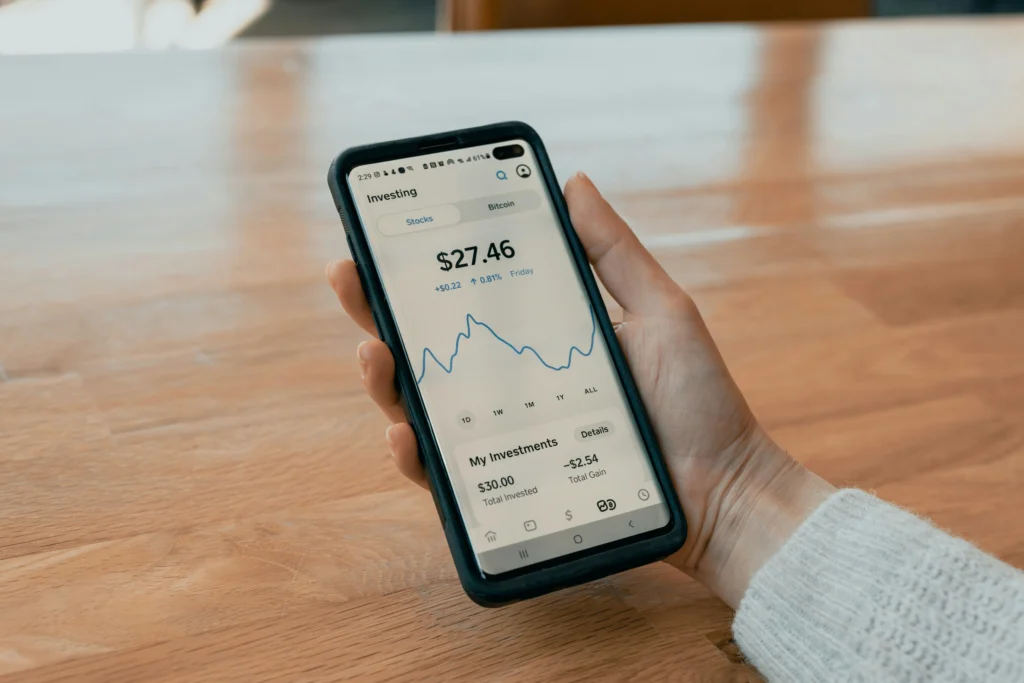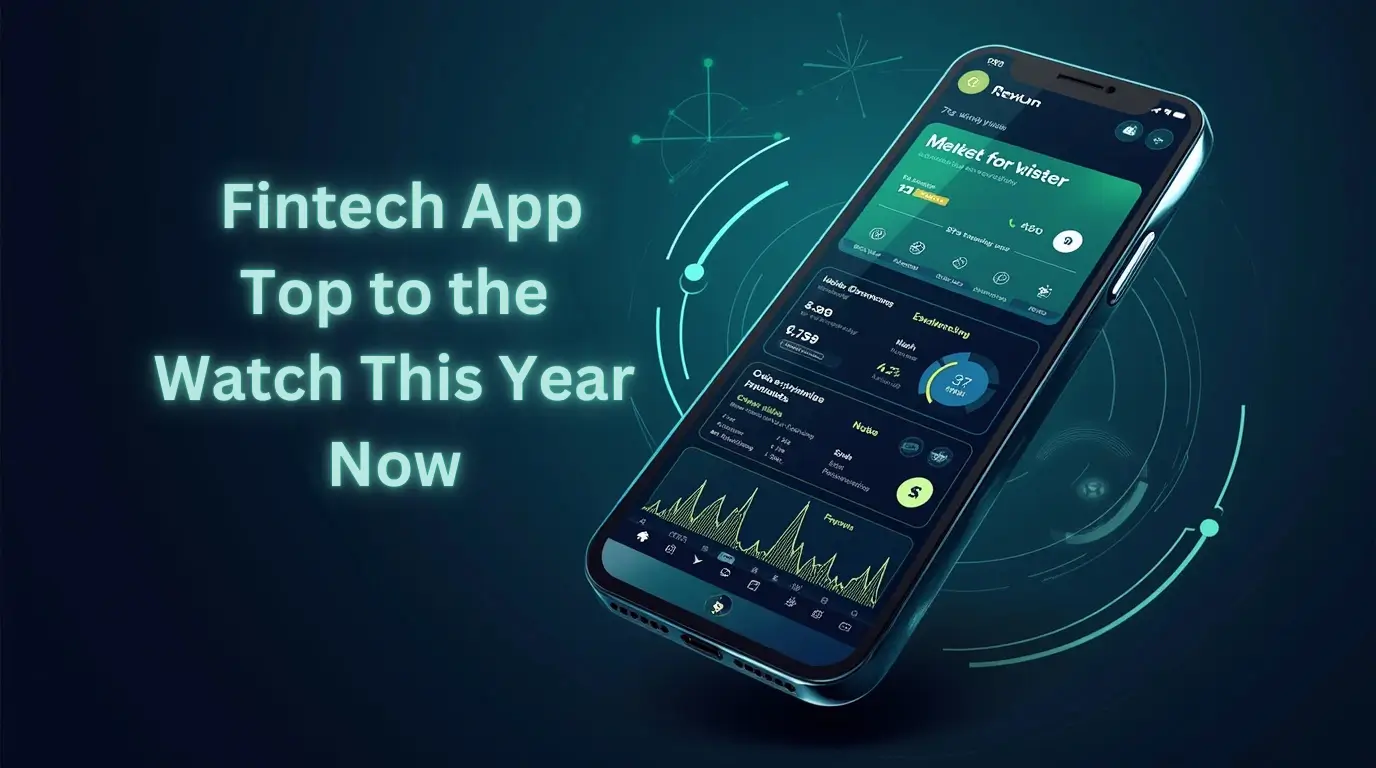fintech mobile app development top to the watch now 1
Table of Contents
Introduction to Fintech and Mobile App Development

fintech mobile app development
The fintech industry, an amalgamation of finance and technology, has emerged as a transformative force, fundamentally altering the landscape of financial services. This sector encompasses a wide array of applications, including mobile apps, that streamline operations, enhance user experience, and introduce innovative financial products. Central to this evolution is the mobile app development process, which plays a crucial role in enabling financial technology firms to deliver their services effectively and efficiently. Learn more about : decentralized finance courses; As more consumers shift towards digital solutions for managing their finances, the demand for intuitive and user-friendly mobile applications has surged.
Fintech holders are leveraging advanced technologies such as artificial intelligence, machine learning, and blockchain to provide customized financial solutions. Consequently, mobile applications serve as the primary interface through which users interact with various financial products and services. They facilitate a seamless experience, allowing users to conduct transactions, track expenses, and access financial advice at their convenience. This accessibility is particularly significant in an era where consumers value speed and efficiency in their financial dealings.
The convenience of mobile apps cannot be overstated. Users can perform numerous tasks such as making payments, transferring money, and applying for loans directly from their smartphones, thus eliminating the need for traditional banks to serve as intermediaries. Moreover, fintech apps often incorporate elements like secure authentication and data encryption, enhancing user trust and ensuring the safety of financial transactions. As fintech continues to evolve, mobile app development will remain at the forefront, driving innovation and improving the overall customer experience in the financial sector.
Key Features of Fintech Mobile Apps
In the rapidly evolving landscape of financial technology, the development of fintech mobile apps has become a pivotal area of focus. To ensure user satisfaction and app effectiveness, certain features must be prioritized. One of the fundamental aspects is robust security. Biometric authentication, such as fingerprint or facial recognition, has emerged as a vital feature that assures users their data is being kept safe. This not only enhances security but also adds a layer of user trust, which is essential in the financial sector.
Beyond security, the user interface (UI) significantly impacts user experience. An intuitive design that promotes easy navigation is imperative for fintech applications. Users should be able to manage their finances with minimal friction, which is often achieved through clean layouts, customizable dashboards, and clear calls to action. These UI enhancements contribute to a seamless interaction between users and their financial data.
Another critical feature is real-time data processing capabilities. Users demand instantaneous information regarding transactions, account balances, and market trends. By integrating real-time analytics, fintech apps can empower users with timely insights, enabling them to make informed decisions regarding budgeting, investing, or other financial activities.
Moreover, integration with banking APIs streamlines the app’s functionality by allowing direct connections to bank accounts and financial institutions. This facilitates various transactions and data exchanges, enhancing user experience and promoting ease of use. Features like budgeting tools, investment tracking, and payment processing are essential functionalities that help users manage their financial health.
Finally, the personalization aspect of fintech mobile apps cannot be overlooked. Personalized user experiences tailored to the individual’s financial habits and preferences significantly improve user engagement and retention. Incorporating features that adapt based on user behavior can lead to a more meaningful and effective application, ultimately driving user satisfaction and app success.
Design Considerations for Fintech Mobile Apps

In the rapidly evolving world of finance, an engaging and effective design is paramount in mobile app development. For fintech applications, the design should prioritize user experience (UX) to facilitate seamless interactions with financial services. A clean and intuitive interface enhances usability, allowing users to navigate through features without confusion. This minimizes cognitive load and fosters user satisfaction, vital for retaining customers in a competitive market.
Responsive design is another critical aspect to consider when developing fintech mobile apps. With an increasing number of users accessing financial services via various devices, optimizing the app’s functionality across multiple screen sizes is essential. A responsive design ensures that the app functions effectively, maintaining a consistent visual appeal and user experience whether on smartphones or tablets. This adaptability plays a significant role in user retention and overall satisfaction.
Accessibility is equally important in fintech app design. It is essential to create an inclusive experience for users with varying abilities. Implementing features such as screen reader compatibility, adjustable font sizes, and color contrast can significantly enhance usability for all users, ensuring that everyone can engage with your financial solutions. Additionally, ongoing usability testing and the incorporation of user feedback can help identify areas for improvement. Conducting regular user testing sessions allows the development team to refine the app’s design continually, making adjustments based on real user experiences.
Striking a balance between aesthetics and functionality is crucial in fintech mobile app design. An appealing visual design can attract users, but it must not come at the expense of usability. Therefore, focusing on intuitive navigation, efficient layouts, and responsive interactions can significantly elevate an app’s overall user experience. This thoughtful approach to design will ultimately contribute to increased user engagement and satisfaction within the fintech space.
Technologies and Frameworks used in Fintech App Development
The fintech industry has witnessed remarkable advancements in mobile app development, driven by the adoption of cutting-edge technologies and frameworks. The choice of programming languages plays a crucial role in creating efficient and robust fintech applications. For native app development, Swift is predominantly utilized for iOS applications, providing a seamless user experience, while Kotlin is favored for Android development. Both languages are known for their performance and security features, essential in the financial domain.
Cross-platform development frameworks have gained immense popularity due to their efficiency and cost-effectiveness. React Native and Flutter are two leading frameworks that enable developers to build applications that run smoothly on both iOS and Android, reducing the development time significantly. React Native, backed by Facebook, offers a component-based architecture, making it easier to manage and maintain code. In contrast, Flutter, developed by Google, uses the Dart programming language and provides a rich set of widgets for crafting visually appealing interfaces.
Back-end technologies are equally important in building fintech applications that interact with various databases and services. Node.js and Python are popular choices for server-side development, providing high scalability and flexibility. Middleware solutions like Express.js facilitate seamless communication between the front-end and back-end services.
In fintech mobile app development, cloud services such as AWS and Google Cloud Platform play an integral role in ensuring data storage and processing efficiency. They also offer enhanced security features, crucial for handling sensitive financial information. Furthermore, APIs are extensively used for integrating third-party services, enabling features such as payments processing and authentication.
Lastly, blockchain technology has emerged as a transformative force within the fintech industry. It offers unparalleled security, transparency, and decentralization, potentially revolutionizing transactions and contracts. The integration of blockchain into mobile applications is a forward-thinking approach that addresses the growing concerns around data integrity and trust.
Security and Compliance in Fintech Mobile Apps

The rise of fintech mobile app development has transformed the financial landscape, offering users unprecedented levels of convenience and accessibility. However, this transformation brings significant security challenges and regulatory complexities that must be addressed to protect sensitive user data and ensure compliance with financial regulations. Security is critical, as fintech applications often handle personal and financial information, making them prime targets for cybercriminals. Common security threats include data breaches, phishing attacks, and unauthorized access, necessitating robust security measures during the app development process.
To mitigate these risks, fintech developers must implement best practices for app security. A key element of this process is data encryption, which protects user information both in transit and at rest. Secure coding practices should also be employed to minimize vulnerabilities within the app’s code. Additionally, regular updates and patch management are essential to address any security weaknesses that may arise over time. Incorporating multi-factor authentication can further safeguard user accounts, locking out potential intruders.
Moreover, adherence to financial regulations is paramount in fintech mobile app development. Compliance frameworks like the General Data Protection Regulation (GDPR) and Payment Card Industry Data Security Standard (PCI DSS) provide guidelines for proper data handling and usage, ensuring that users’ privacy is respected and their data is secure. Continuous monitoring and regular audits can help identify compliance gaps and rectify them promptly. Educating users about security practices, such as recognizing phishing attempts and protecting personal information, also plays a significant role in maintaining the overall security posture of the app.
By prioritizing security and regulatory compliance, fintech mobile apps can foster trust with users and create a secure environment that promotes long-term success in the competitive financial technology landscape.
Challenges in Fintech Mobile App Development
The development of fintech mobile applications presents numerous challenges that require careful consideration and strategic planning. One of the primary difficulties stems from navigating the complex web of regulations that govern financial services. Compliance with local, national, and international laws is imperative, as failure to adhere to these regulations can result in severe penalties and loss of user trust. Developers must remain informed about evolving legal frameworks and harness legal expertise to integrate compliance effectively into their app design.
Another significant challenge is ensuring robust security measures are in place. Given the sensitive nature of financial data, fintech apps are prime targets for cybercriminals. Developers must implement state-of-the-art encryption and authentication protocols to protect user data from breaches. Regular security audits and updates are also essential to maintain a secure environment, assuring users that their financial information is diligently safeguarded.
User trust plays a pivotal role in the success of fintech applications. With many potential users already skeptical about digital financial solutions, it is crucial to foster transparency and reliability within the app. This can be achieved through clear communication about how data is used, providing customer support options, and soliciting user feedback to enhance the overall application experience.
Furthermore, developers often face challenges related to integrating legacy systems. Many financial institutions still rely on outdated technologies that do not easily accommodate modern app functionalities. Bridging the gap between legacy systems and new fintech capabilities requires innovative solutions and collaboration between IT teams and financial professionals.
Finally, the fintech market is highly competitive, with numerous players vying for user attention. To succeed, app developers must focus on differentiation and continually innovate to meet the evolving needs of consumers. Employing user-centered design principles, leveraging advanced analytics, and offering unique features can set a fintech app apart in an increasingly crowded landscape.
Trends Shaping the Future of Fintech Mobile Apps

The landscape of fintech mobile app development is rapidly transforming due to various technological advancements and shifting consumer expectations. One of the most significant trends is the rise of artificial intelligence (AI) and machine learning (ML), which are revolutionizing how financial services are delivered. By leveraging AI algorithms, fintech apps can offer enhanced risk assessment, improved customer support through chatbots, and personalized product recommendations tailored to individual user behaviors and financial habits. This capability not only optimizes user experience but also aids in making informed financial decisions by analyzing vast datasets efficiently.
Another trend shaping the future of these applications is the increasing integration of blockchain technology. Blockchain, recognized for its inherent security and transparency, allows fintech apps to enable peer-to-peer transactions, bolster fraud detection efforts, and simplify cross-border payments. As industries explore decentralized finance (DeFi), the presence of blockchain within fintech apps is expected to grow, paving the way for innovative financing solutions that empower users with greater control over their financial assets.
Furthermore, the adoption of open banking is significantly influencing the fintech sector. Open banking facilitates greater collaboration between traditional financial institutions and fintech companies, allowing for the secure sharing of customer financial data through APIs. This trend is fostering an ecosystem where consumers can access a broader range of financial products and services tailored to their specific needs. As users increasingly seek convenience and seamless experiences, fintech mobile apps that leverage open banking will stand out in the competitive market.
Lastly, there is a notable increase in consumer demand for personalized financial services. Users are becoming more accustomed to highly customized digital interactions across various sectors. As a result, fintech applications that prioritize personalization, utilizing data-driven insights for customized solutions, are likely to gain traction. They not only engender user trust but also enhance customer loyalty, which is pivotal in a rapidly evolving marketplace.
Case Studies: Successful Fintech Mobile Apps
In recent years, the evolution of the financial technology (fintech) sector has been prominently reflected in the rise of successful mobile applications. These innovative platforms not only facilitate transactions but also redefine user engagement and financial management. This section explores notable case studies that demonstrate diverse functionalities, cutting-edge designs, and distinct business models, shedding light on the factors that contributed to their success.
One of the most exemplary fintech mobile apps is Square. Originally designed to enable small businesses to accept card payments, Square has expanded its functionality to include inventory management, invoicing, and customer engagement tools. This comprehensive approach has positioned Square as a go-to solution for entrepreneurs, illustrating the importance of versatile offerings. Key to its success was the user-friendly interface and quick setup process, revealing that simplicity can drive user adoption in the competitive fintech landscape.
Another prominent case is Robinhood, which revolutionized stock trading by eliminating commission fees and offering fractional share investing. This has made investing accessible to a broader demographic, particularly millennials. Through its gamified user experience and educational resources, Robinhood has captured the interest of novice investors, and its rapid growth indicates that blending finance with engaging features can enhance user retention and attract new clients. An essential lesson from Robinhood is the significance of understanding target audiences and their preferences.
Lastly, PayPal has developed into a comprehensive financial service platform by consistently integrating features like peer-to-peer payments, online shopping solutions, and cryptocurrency transactions. Its success showcases the efficacy of continual innovation and adaptation to market needs. By focusing on security and user experience, PayPal has remained a leading player in the fintech arena. These case studies underscore the importance of functionality, user engagement, and adaptability in creating successful fintech mobile applications.
Conclusion: The Road Ahead for Fintech Mobile Apps

The landscape of financial technology is continuously evolving, and fintech mobile apps are at the forefront of this transformation. Throughout this article, we examined the pivotal elements shaping the development of these applications, with a focus on consumer needs, technological trends, and industry standards. As financial consumers become increasingly accustomed to digital solutions, the demand for intuitive, efficient, and secure mobile applications is paramount.
One primary trend that has emerged is the necessity for agility in app development. Fintech companies must remain nimble, adapting their offerings to rapidly shifting consumer preferences and regulatory changes. This agile approach allows developers to incorporate user feedback swiftly, implement new features, and refine existing functionalities to enhance user experience. A proactive stance toward development will be crucial for fintech apps striving to maintain their competitive edge.
Moreover, technological advancements such as artificial intelligence, machine learning, and blockchain will have significant implications for the future of fintech mobile apps. These innovations promise to not only streamline operations but also enhance security and personalize user interactions. For instance, AI-driven analytics can help identify user patterns, enabling targeted services that resonate with specific consumer segments. As a result, finance applications are poised to become more personalized and responsive to individual needs.
Looking ahead, the future of fintech mobile apps appears promising, with opportunities for significant growth and innovation. As developers continue to harness emerging technologies and prioritize user-centric design, we can expect to see a wave of applications that not only meet but exceed consumer expectations. The road ahead is likely to be characterized by enhanced functionality, security, and user engagement, marking an exciting chapter in the evolution of financial services.

